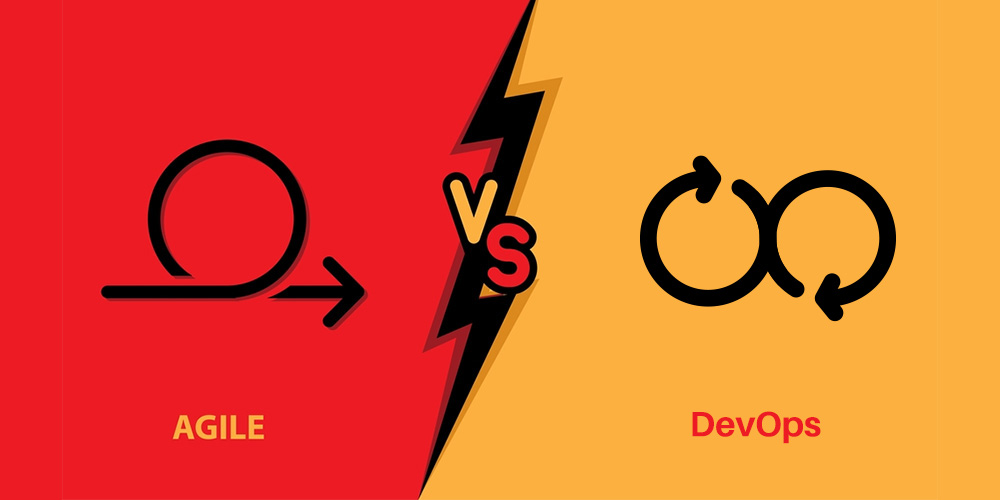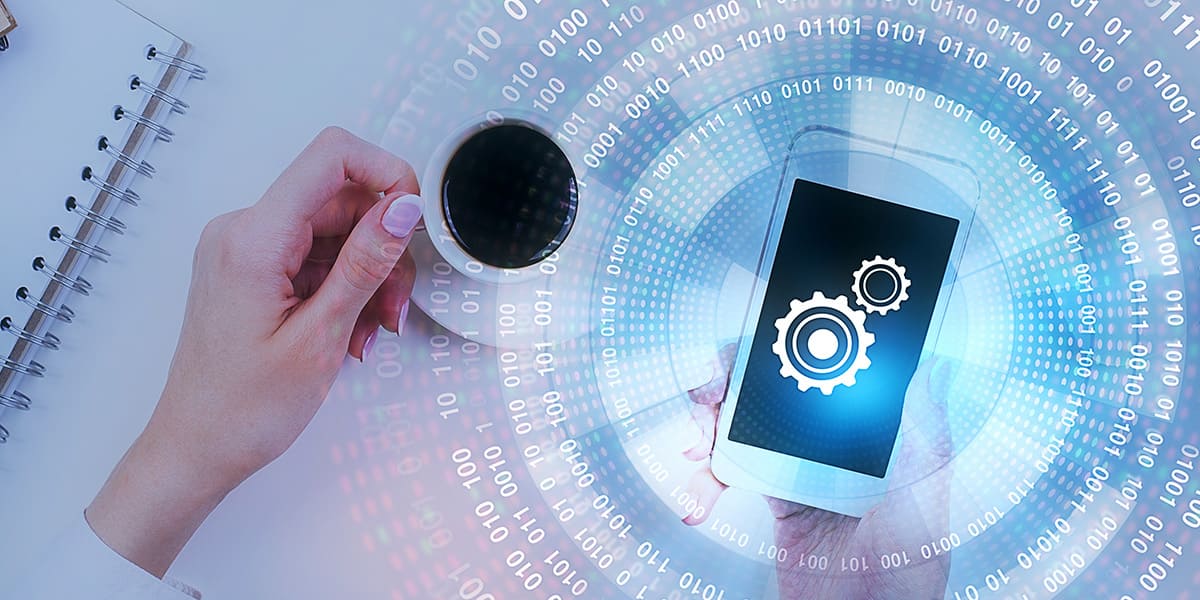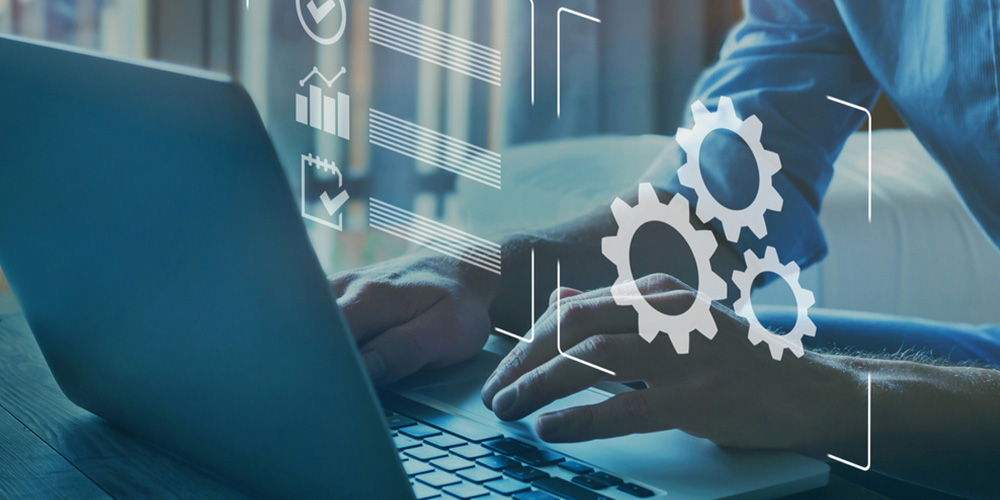Many businesses struggle to build and maintain a strong software development team, leading to project delays, increased costs, and subpar software quality. This challenge can hinder a company’s growth and competitiveness.
Without an effective team, companies face frustration from managing disjointed efforts, stress over missed deadlines, and anxiety about rising costs. Poor software quality can damage reputation and customer satisfaction, further impacting business success.
Streamlining the process of building a top-notch software development team is essential. Offshore outsourcing offers a cost-effective solution for companies globally. Whether you’re starting a new project or enhancing your existing team, these services can provide the specialized skills and support needed to drive your project’s success.
This guide aims to provide an in-depth look at the current trends in software development, the essential roles within a software development team, and strategies for building, managing, and scaling a team to meet business needs.
What is a Software Development Team?
A software development team is a group of professionals specializing in various aspects of creating software. This team typically includes software developers who write and debug code, project managers who oversee the development process and ensure it stays on track, UI/UX designers who focus on the software’s look and user experience, and quality assurance engineers who test the software for bugs.
Each member plays a crucial role, contributing unique skills to develop a functional and user-friendly product. The team works collaboratively, often using software development methodologies like Agile or DevOps, to adapt quickly and efficiently. Their goal is to transform ideas into software that meets user needs and business objectives, ensuring the final product is high quality and delivered on time.
Understanding the Current Landscape of Software Development
The software development industry is dynamic and constantly evolving. As we look ahead to 2024, several key software development trends are shaping the future of software development.
Trends in Software Development for 2024
-
1. Artificial Intelligence and Machine Learning Integration
- Frontend Developers: Focus on the user interface and user experience, ensuring that the software is visually appealing and easy to use.
- Backend Developers: Handle the server-side logic, database management, and integration of various services.
- Full Stack Developers: Possess skills in both frontend and backend development, making them versatile and valuable team members.
- Project Managers: Strong leadership, excellent communication, project management tools proficiency (e.g., Jira, Trello).
- Frontend Developers: Proficiency in HTML, CSS, JavaScript, frameworks like React or Angular, responsive design principles.
- Backend Developers: Knowledge of server-side languages (e.g., Java, Python, Ruby), database management, API development.
- Full Stack Developers: Combination of frontend and backend skills, adaptability, problem-solving abilities.
- UX/UI Designers: Proficiency in design tools (e.g., Adobe XD, Sketch), understanding of user psychology, creativity.
- QA/Testers: Attention to detail, familiarity with testing tools (e.g., Selenium, JUnit), analytical skills.
- DevOps Engineers: Knowledge of CI/CD pipelines, automation tools (e.g., Jenkins, Docker), cloud platforms (e.g., AWS, Azure).
- Project Scope
- Technical Needs
- Role Specifications
- Scalability
- Technological Trends
- Job Boards and Recruitment Platforms
- Recruitment Agencies
- University Partnerships
- Clear and Detailed
- Highlight Growth Opportunities
- Technical Assessments
- Behavioral Interviews
- Panel Interviews
- Welcome Package
- Setup
- Company Overview
- Team Introductions
- Technical Training
- Mentorship Program
- Instant Messaging
- Project Management
- Video Conferencing
- Regular Meetings
- Social Activities
- Open Communication
- Cross-Functional Collaboration
- Technical Skills
- Soft Skills
- Industry Events
- Professional Certifications
- SMART Goals
- Regular Reviews
- Constructive Criticism
- Positive Reinforcement
- Idea Sharing
- Experimentation
- Velocity
- Code Quality
- Customer Satisfaction
- Regular Check-Ins
- 360-Degree Feedback
- Forecasting
- Resource Allocation
- External Partnerships
- Offshore Teams
- Development Tools
- Collaboration Platforms
- Cultural Consistency
- Inclusion and Diversity
AI and ML are no longer just buzzwords; they are integral components of modern software development. From predictive analytics to personalized user experiences, these technologies are transforming how software is developed and utilized.
2. Increased Focus on Cybersecurity
With the rise in cyber threats, software development teams must prioritize security at every stage of the development process. This includes adopting secure coding practices, conducting regular security audits, and staying updated with the latest cybersecurity trends.
3. Cloud Computing
The shift towards cloud-based solutions continues to accelerate. Cloud computing offers scalability, flexibility, and cost-efficiency, making it a preferred choice for businesses of all sizes.
4. DevOps and Agile Methodologies
The adoption of DevOps and Agile methodologies is becoming more widespread. These approaches promote collaboration, continuous integration, and delivery, leading to faster development cycles and higher-quality software.
5. Low-Code and No-Code Platforms
These platforms are empowering businesses to develop applications with minimal coding effort. This trend is democratizing software development, allowing non-technical users to contribute to the Software development process.
6. Infrastructure as Code (IaC)
Infrastructure as Code (IaC) is revolutionizing how infrastructure is managed and deployed. By using code to automate the provisioning and management of infrastructure, teams can ensure consistency, reduce human error, and speed up deployment times. IaC tools like Terraform and AWS CloudFormation are becoming essential in modern software development, supporting the shift towards more agile and scalable operations.
Defining Team Roles and Responsibilities
A successful software development team comprises various roles, each with specific responsibilities and skill sets. Understanding these roles is essential for building an effective team.
Key Roles in a Software Development Team
-
1. Project Managers
Project managers oversee the entire development process, ensuring that projects are completed on time and within budget. They are responsible for setting project goals, managing resources, and facilitating communication between team members.
2. Developers
Developers are the backbone of any software development team. They are typically categorized into three main types:
3. UX/UI Designers
These designers focus on creating intuitive and engaging user interfaces. They work closely with frontend developers to ensure that the design is implemented correctly.
4. QA/Testers
Quality Assurance (QA) testers are responsible for identifying and fixing bugs before the software is released. They perform various tests, including unit tests, integration tests, and user acceptance tests.
5. DevOps Engineers
DevOps engineers bridge the gap between development and operations. They automate processes, manage infrastructure, and ensure that the software can be deployed smoothly and efficiently. The primary goal of DevOps engineers is to shorten the software development life cycle while delivering high-quality software continuously.
Responsibilities and Skill Sets Required for Each Role
How to Build a Software Development Team
Building a successful software development team requires strategic planning, diligent recruitment, and effective management. This detailed guide outlines the steps necessary to assemble a high-performing software development team, ensuring your projects are executed efficiently and effectively.
Step 1: Identify Your Needs
Understand Project Requirements
Define the scope of your projects to understand the types of software you need to develop. This includes understanding the complexity, duration, and specific requirements of each project.
Identify the technologies and tools necessary for your projects. This includes programming languages, frameworks, and software development tools.
Determine the specific roles and expertise required. For instance, you might need frontend developers, backend developers, full stack developers, UX/UI designers, QA testers, and DevOps engineers.
Future-Proofing
Consider the future needs of your projects. Think about how your software development team might need to expand as your business grows.
Stay updated with the latest technological trends to ensure your software development team remains competitive and innovative.
Step 2: Recruiting Talent
Sourcing Candidates
Use platforms like LinkedIn, Indeed, Glassdoor, and specialized tech job boards to find potential candidates for your software development team.
Consider partnering with recruitment agencies that specialize in tech talent.
Establish relationships with universities and coding bootcamps to tap into a fresh pool of graduates and trainees.
Crafting Effective Job Descriptions
Ensure your job descriptions are clear and detail the specific skills and experience required. Include information about your company culture and the benefits you offer.
Emphasize opportunities for professional development and career progression within your software development team.
Interview Process
Use coding challenges and technical assessments to evaluate the technical skills of candidates.
Conduct behavioral interviews to assess cultural fit and soft skills such as communication, teamwork, and problem-solving.
Involve multiple team members in the interview process to get a well-rounded view of each candidate.
Step 3: Onboarding Process
Preparation
Prepare a welcome package that includes all the necessary information about your company, team, and projects.
Ensure that new hires have all the tools and access they need from day one, including hardware, software, and access to relevant systems and documentation.
Orientation
Provide an overview of your company’s history, mission, values, and culture.
Arrange meetings with key team members and stakeholders to help new hires understand their roles and how they fit into the software development team.
Training and Mentorship
Provide training on the specific tools and technologies used in your projects.
Assign mentors to new hires to guide them through their initial period and help them integrate into the software development team.
Step 4: Fostering Collaboration
Communication Tools
Use tools like Slack or Microsoft Teams for real-time communication.
Utilize project management tools like Jira, Trello, or Asana to track tasks and progress.
Implement video conferencing tools like Zoom or Google Meet for remote meetings.
Team-Building Activities
Hold regular team meetings to discuss progress, address issues, and plan next steps.
Organize social activities to foster team bonding and improve morale.
Collaborative Culture
Encourage open communication and the sharing of ideas. Create an environment where team members feel comfortable expressing their thoughts and concerns.
Promote collaboration between different roles (e.g., developers, designers, testers) to enhance the overall quality of the software.
Step 5: Continuous Learning and Development
Training Programs
Provide ongoing training programs to help team members stay updated with the latest technologies and project management best practices.
Offer training on soft skills such as leadership, communication, and time management.
Conferences and Workshops
Encourage team members to attend industry conferences, webinars, and workshops to gain new insights and network with other professionals.
Certifications
Support team members in obtaining relevant certifications to enhance their skills and credentials.
Step 6: Managing and Leading Your Team
Setting Clear Goals
Set Specific, Measurable, Achievable, Relevant, and Time-bound (SMART) goals for your software development team.
Conduct regular performance reviews to track progress and adjust goals as needed.
Providing Feedback
Provide constructive feedback to help team members improve. Focus on specific behaviors and offer actionable suggestions.
Recognize and reward good performance to boost morale and motivation.
Encouraging Innovation
Create opportunities for team members to share their ideas and suggestions. Consider holding regular brainstorming sessions.
Encourage team members to experiment with new approaches and technologies. Provide a safe environment for testing and learning from failures.
Step 7: Measuring Success and Performance
Key Performance Indicators (KPIs)
Measure the amount of work completed in each development cycle to understand productivity.
Track code quality using code review tools and static analysis tools. Monitor the number of bugs and issues.
Collect feedback from users and customers through surveys, reviews, and user testing sessions.
Performance Reviews
Conduct regular check-ins with team members to discuss their performance, provide feedback, and set new goals.
Use 360-degree feedback to gather input from peers, subordinates, and supervisors.
Step 8: Scaling Your Team as Your Business Grows
Planning for Growth
Anticipate future needs based on your business growth projections. Plan for the roles and expertise you will need.
Ensure you have the budget and resources to support team expansion.
Leveraging Outsourcing
Consider outsourcing certain tasks to external teams or freelancers to handle workload spikes or specialized needs.
Explore the possibility of building offshore teams to access a larger talent pool and reduce costs.
Investing in Tools
Provide your software development team with the best development tools and technologies to enhance their productivity.
Invest in collaboration platforms that facilitate seamless communication and teamwork.
Maintaining Culture
As your team grows, ensure that your company culture remains consistent. Promote the same values and principles that made your initial team successful.
Foster an inclusive and diverse work environment to attract a wide range of talents and perspectives.
By following these detailed steps, you can build a strong, cohesive, and high-performing software development team that can drive your business towards success.
Conclusion
A strong software development team is essential for the success of any business in today’s technology-driven world. By understanding the current trends, defining key roles and responsibilities, building and managing your team effectively, and measuring success, you can create a high-performing team that drives innovation and growth. As your business grows, remember to plan for scaling and invest in the tools and resources needed to support your team’s success. With a focus on continuous learning and improvement, your software development team can stay ahead of the curve and deliver exceptional results.
Does the process of building your own software development team seem overwhelming?
Zaigo Infotech is here to simplify it for you!
Our comprehensive software development services offer a cost-effective solution tailored to meet your specific needs.
Whether you’re initiating a new project or looking to strengthen your existing team with specialized expertise, we’re ready to assist.
Partner with us to bring your tech aspirations to life.
Contact us to discover more about how our software development solutions can drive your project towards success.












